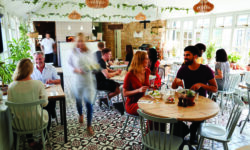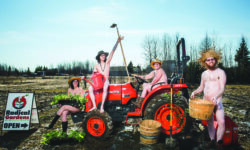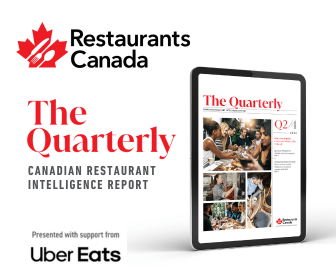Recipes from the North
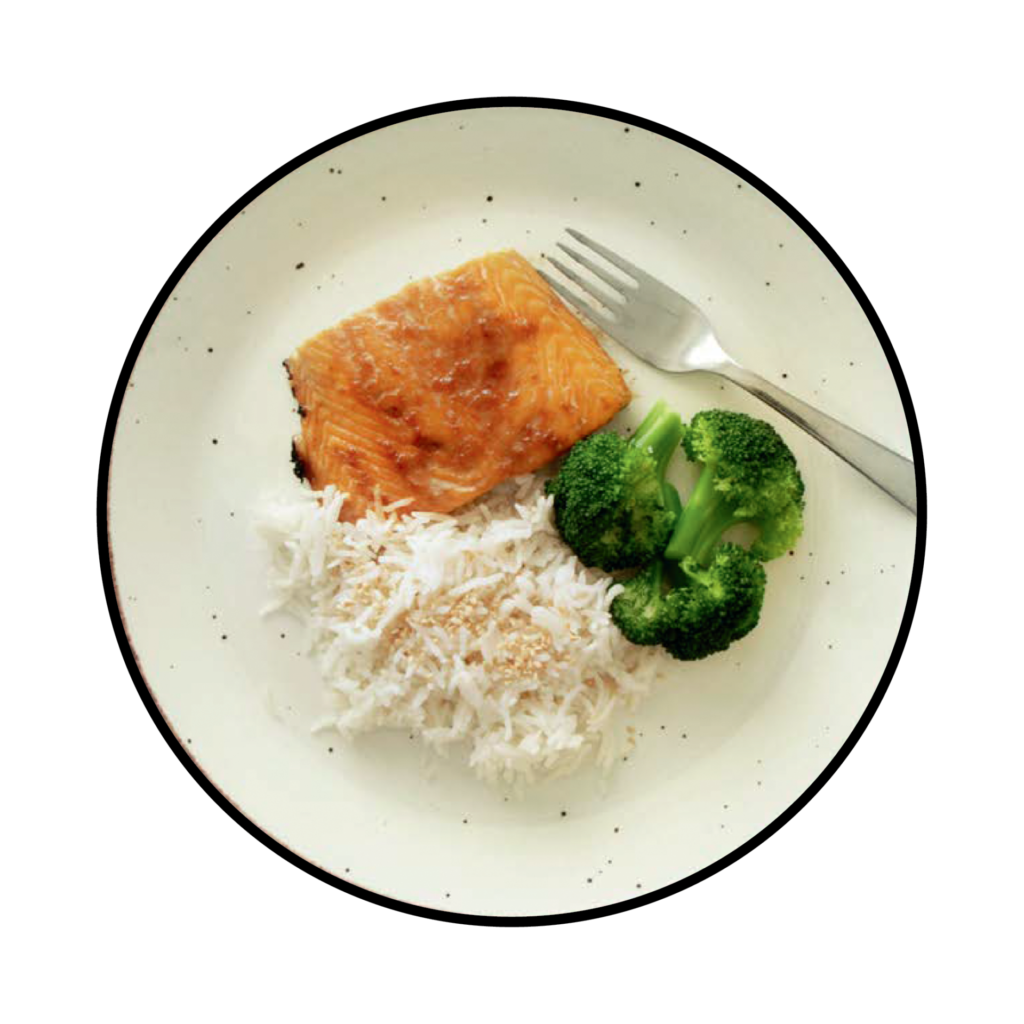
Chefs use local ingredients for many reasons; to be responsibly sustainable, to communicate a unique sense of place, to represent their stories and culture to the world. Chef Sheila Flaherty, whose passion is for sharing Inuit country food, inuksiutit, with the world uses traditional local ingredients for all those reasons and more, presenting unique experiences and modern fusion takes to showcase inuksiutit’s appeal and versatility. But she didn’t set out to do so from the beginning. In fact, Sheila started her career working in Inuit rights at the grassroots, national and international levels. Chef Flaherty is of Inuksiutit heritage through her late mother, a residential school survivor from Tuktoyaktuk, NWT. The birth of her son led Sheila to obtain a degree in psychology from the University of Ottawa. “I wanted to be the kind of mother who didn’t try to prescribe a path for my child, but rather wanted to show him that if university was a path he wanted to follow, he could succeed.”
Food, however, was always of personal interest. “I’ve always had a palate for good food thanks to my Dad, who is now a healthy 89.” Her father took a course in classical French cuisine when raising Sheila and her sister, and used to make special dishes from time to time. “I have clear and fond memories of standing beside him on a dining room chair, watching him set the mise en place and prep suppers. He always allowed me to help.”
Chef Flaherty has always loved feeding people good food. “That also goes back to my Dad.” Preparing delicious meals for friends and family led to her first food-related job, cooking for the crew and friends for an APTN show being filmed in Toronto. “It was the first time I cooked for friends who were working. I ordered an arctic char, then had to track the poor frozen fish all over the map. First it went out to the western arctic, then was sent back, then it finally made it down to us. That was my first time making a baked arctic char with pistachio stuffing.”
Geography was the turning point in Sheila’s culinary career. “What really changed the game for me cooking-wise was when I made Iqaluit my home in 2010. There was a very limited number of restaurants. Three, I think, and a fast-food joint or two, all serving standard Canadian fare.” She noticed the restrictions immediately. “When I was in southern Canada, yes, I liked to cook nice meals. But if I was craving Japanese food, or tapas, or Middle-Eastern dishes, I could satiate my cravings.” In Iqaluit, the choices were limited.
“At the same time I realized that my husband Johnny grew up hunting and harvesting.” Johnny was born and raised in Grise Fiord after his family was forcibly relocated by the Canadian government from their original home in Inukjuak, Nunavik. “I knew that. But to see it with my own eyes… Our freezer was continually stocked with Inuit foods. I asked if he minded if I experimented a bit. He told me to go ahead and I wasted no time. I started to experiment with Inuit food in the summer of 2010 and haven’t looked back.”
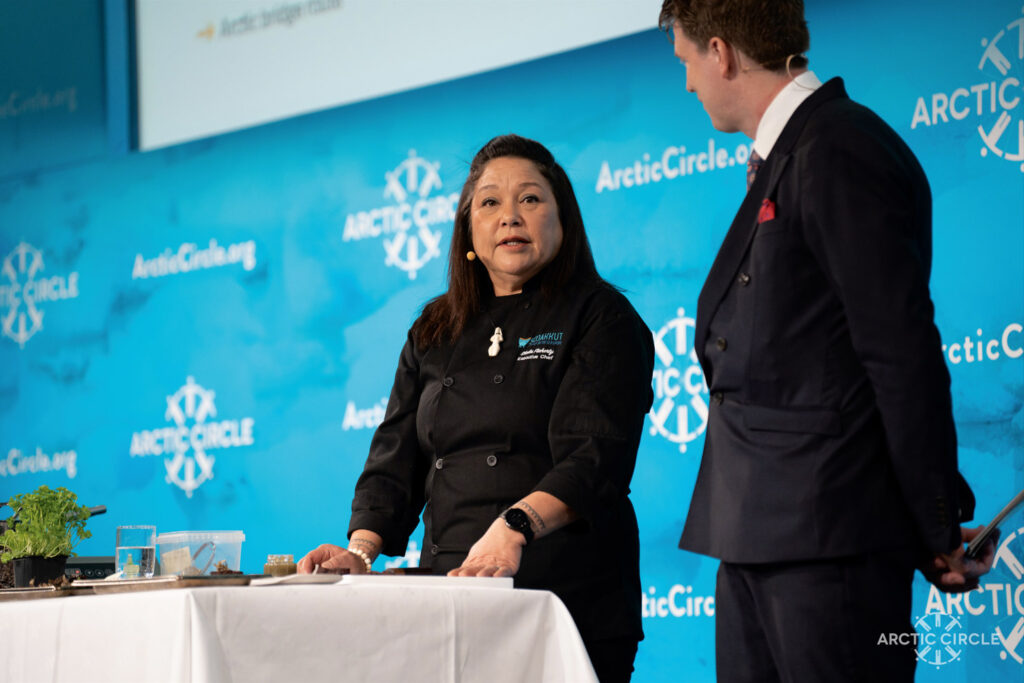
There was also a practical aspect to her experiments: “Cooking was a necessity to make money.” The Nunavut land claim requires Nunavut Inuit be given hiring priority in any government position: Sheila was enrolled in the Inuvialuit agreement. “The first thing I sold to community members was arctic char sushi rolls. The local Facebook sell/swap page was just starting to gain traction. I put the sushi rolls on the page one evening because I’d made too much for Johnny and I. They sold right away and I thought, ‘Maybe I’m onto something here’.”
Although her sushi rolls were an immediate success, leading to repeat sales and catering requests, it wasn’t a smooth journey. “I had a rude awakening several months later when a municipal bylaw officer came around and gave me a fine. I was no longer allowed to sell food from my home kitchen. Everything came to a screeching halt.” She stopped cooking commercially, instead taking whatever jobs she could.
But Sheila’s culinary connection ran too deep to be ignored. Encouraged by family and friends, she sent in an 11th hour application to MasterChef Canada and was contacted by the producers the very next day. In 2017, Chef Flaherty was the first Inuk Chef to appear on MasterChef Canada. She was eliminated in the first round, but the publicity and exposure was profound. “Two months later, I was catering for Prince Charles and Duchess Camilla.”
In 2018, Sheila switched her status from Inuvialuit to Nunavut. “After switching, I could have gone back to high-level policy positions, but I’m deep on this path that I love. I’m passionate about it.” In 2019, Chef Flaherty was the first Inuk chef to create a menu for A Taste of the Arctic, a celebration of Arctic food, Inuit culture, and northern networking presented by Inuit Tapiriit Kanatami (ITK) at the National Arts Centre in Ottawa. She has also presented special tasting menus at food festivals in Vancouver, New York City, and Nuuk, Greenland.
In October 2022, Chef Flaherty was one of three international chefs invited to cook onstage at the 2022 Arctic Circle Assembly held at Harpa Hall in Reykjavík, Iceland. She prepared two natsiaminiq (ring seal) dishes on the Circumpolar stage: a seal pâté canapé, followed by braised seal flank. She also spent a day at a local culinary school, prepping for the demonstration and sharing her experience, knowledge and techniques.
“I look at myself three years ago, in Greenland at the Nuuk foodlabs. At the time I thought ‘little country mouse, going to learn so much’ – and I did. But I was more tentative and hesitant there, not as confident as I am today. Fast forward three years and I’m in Reykjavík, on the Circumpolar stage, having been invited on the recommendation of the Canadian embassy in Iceland. I’m definitely on more solid footing now, and I’ve refined my recipes. All we can ever hope for ourselves is to learn and grow.”
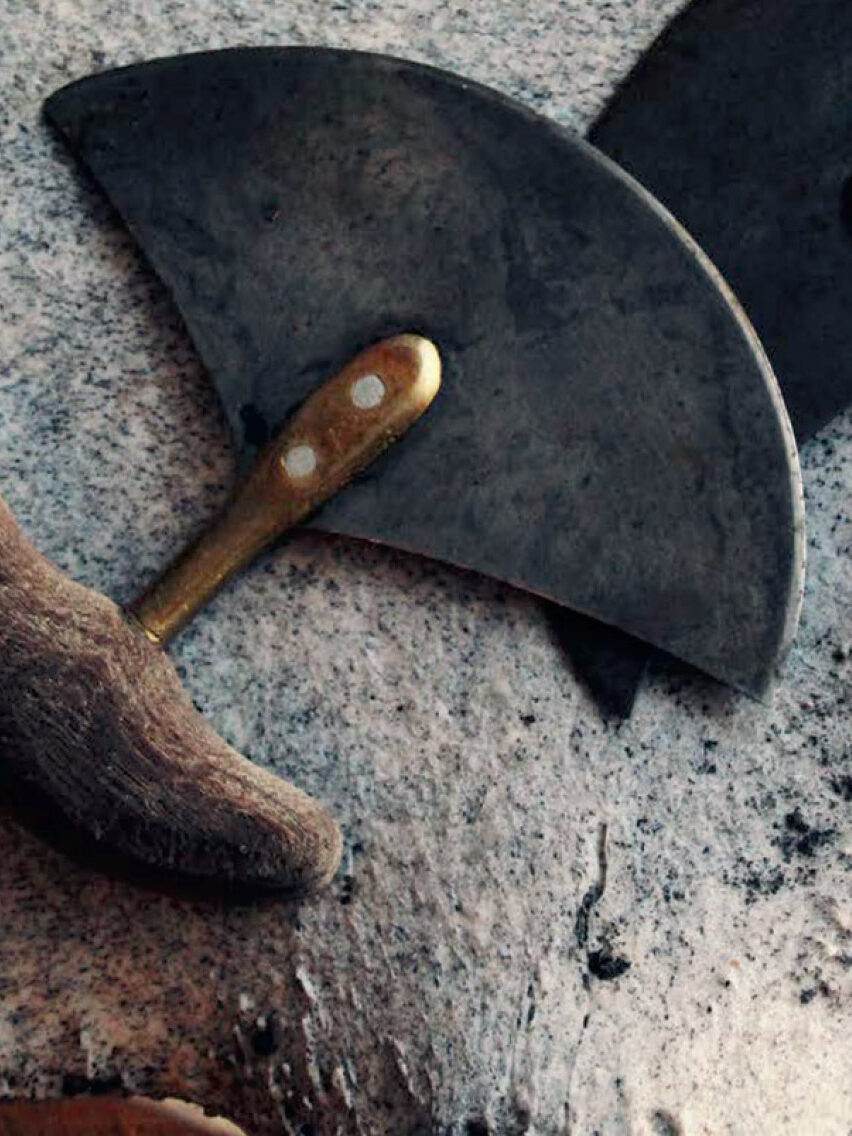
When it comes to personal growth, Chef Flaherty, also an entrepreneur, continues to excel. She and her husband founded sijjakkut, a 100% Inuit-owned company designed to preserve and promote traditional Inuit practices with truly harvest to table menus. “Currently we’re in a pilot launch. We have some tasting menu evenings and have catered small local events.” One of which was for a group of mental and cultural support workers, who came to Iqaluit to aid residential school survivors during the recent Papal visit. Eventually the plan is to expand sijjakkut into a 4,000 square foot facility that will include a commercial kitchen, a Chef’s Table event space and a seven room B&B.
Sijjakkut’s time frame is still being finalized. “The pandemic put a dent in our progress, but that’s fine. Good things take time.” Chef Flaherty enjoys the travel that comes with her work. “But the core of what I do is sit at my laptop and work towards realizing sijjakut. It’s my primary preoccupation and it’s not paid. I believe in it so much.”
She is constantly encouraged by the enthusiastic responses she has received from diners around the world. “People are highly receptive. Inuuit leaders are doing amazing things to advance Inuit rights, in Ottawa and at the UN, but that’s a high level. When I go somewhere, I meet with people outside of that realm. I interact with people on the ground. That’s what I really get energy from. I am proud to share about Inuit culture. Wherever I travel, that’s what I love doing: sharing Inuit culture through food. That’s my jam.’
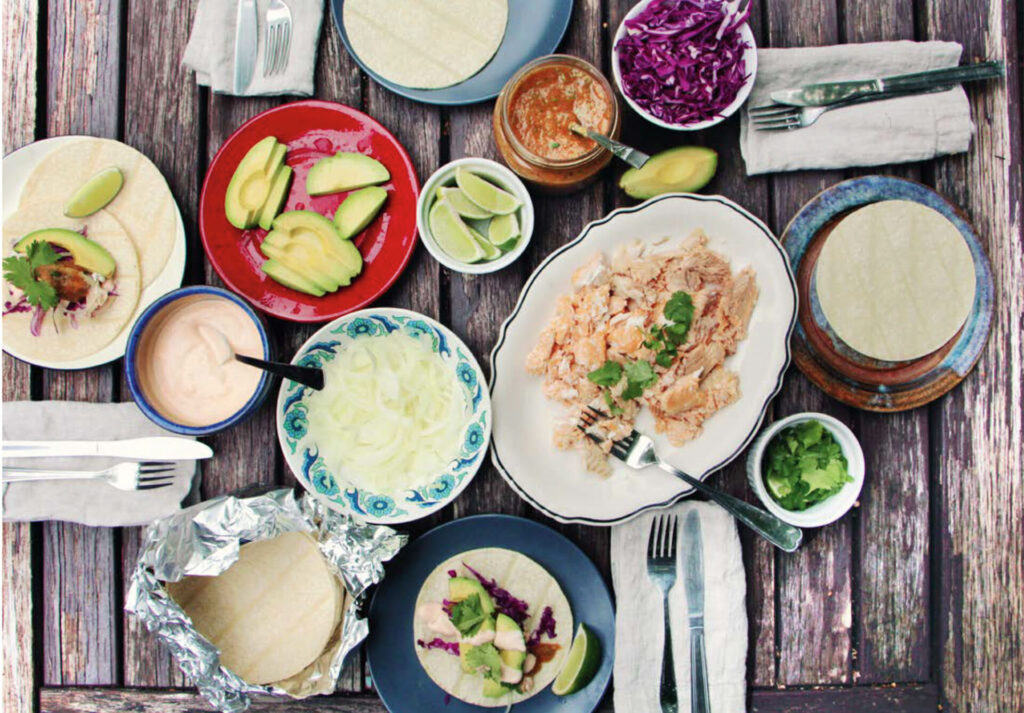
Cookbooks are another way Chef Flaherty is helping to bring inuksuitit to wider attention. The Cookbook in Support of the United Nations: For People & Planet is a brand-new cookbook put together by the Kitchen Collection Alliance that aims to encourage delicious, healthy, and ecologically sustainable eating for cooks around the world. For People & Planet features contributions from celebrity and indigenous chefs, organic farmers and food activists. Chef Flaherty contributed a recipe for cedar-planked arctic char with grilled vegetables.
In 2021, Chef Flaherty wrote the foreword for Nirjutit Imaani: Edible Animals of the Sea, a collection of recipes and stories from across Nunavut. Published by Nunavut Arctic College Media, Nirjutit Imaani celebrates fish and seal recipes from all three regions of Nunavut, Qikiqtaaluk, Kivalliq, and Kitikmeot. Each recipe and story is written in the specific Inuktut dialect and orthography of the community from which it hails.
In her foreword Sheila says, “In Nunavut, food is so much more than sustenance. It holds a history of tradition, survival, medicine, storytelling, taste, place, and providing for loved ones and neighbours. Together, we share a collective identity, and an innate connection to both land and sea.” Full of stories and incredible photographs highlighting the peoples, places, and tastes of Nunavut, Nirjutit Imaani won the Arctic category of the Gourmand World Cookbook Awards in 2022. The largest international competition in the food sector, the Gourmand World Cookbook takes entries from more countries than the Olympics.
Involved in the project since its inception, Sheila was pleased to be able to meet the women who traveled through Nunavut to collect and taste-test the. “I was so glad to be asked to write the forward: it’s a wonderful compilation. The stories and anecdotes are beautiful, and it gives people a glance into how we live our lives here in Nunavut.”
Chef Flaherty is inspired by the many changes she has watched happen in the food sector. “In Nuuk, there were so many chefs. Greenlandic Inuk chefs, and chefs from Finland, Faroe, and Copenhagen: I was the only woman.” As one of three chefs on the Circumpolar Stage in Reykjavík last month, she was pleased with the improved ratio. “There wasn’t a female chef in the industry I knew well enough to connect with and look to. It’s changing now.”
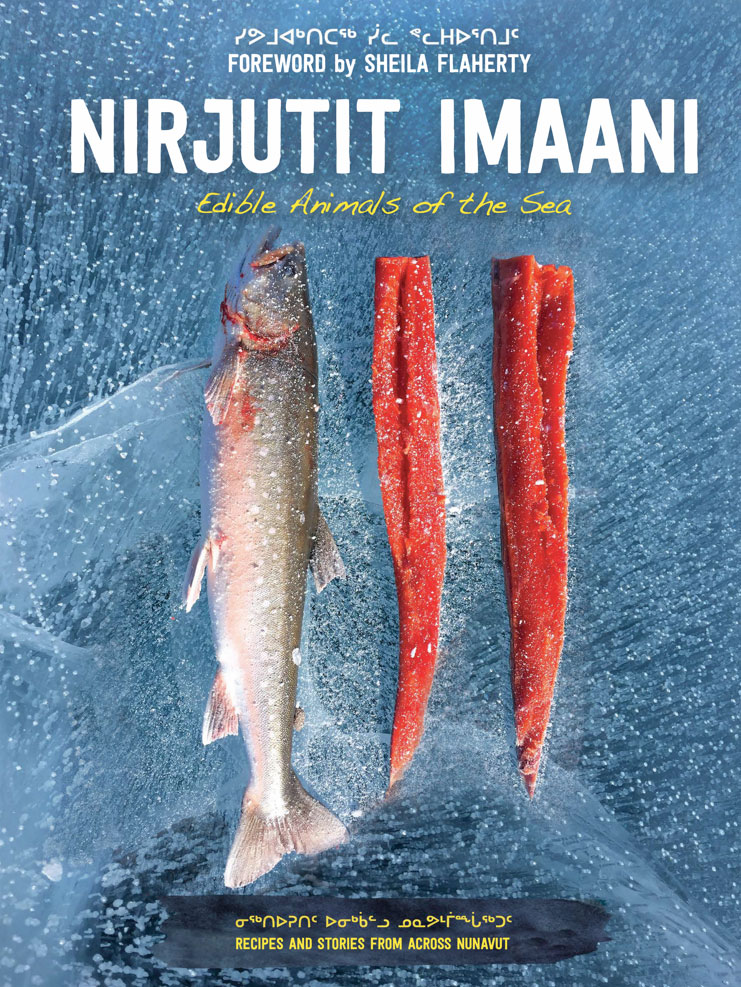
Sheila is also a director with Indigenous Culinary of Associated Nations (ICAN), whose mission is to connect, influence and share community through genuine Indigenous food experiences. She likes knowing there are other female indigenous chefs out there “It makes for great camaraderie.” Most of all, she loves the way people’s perceptions are changing. “Gone are the days when people believed the arctic was a food desert. There’s so much going on right now – it’s just so great!”
Follow Chef Flaherty’s adventures on
@siilaflaherty




